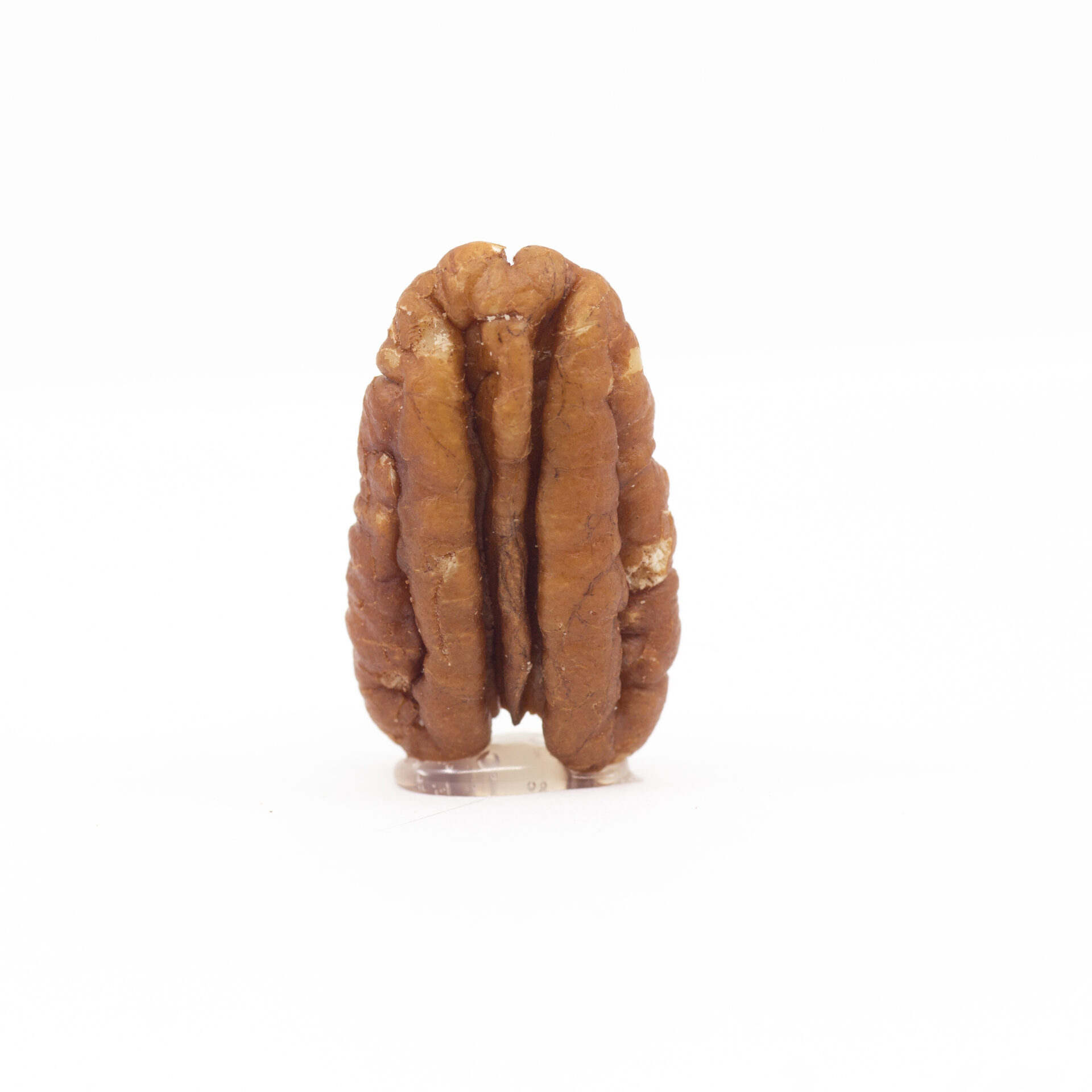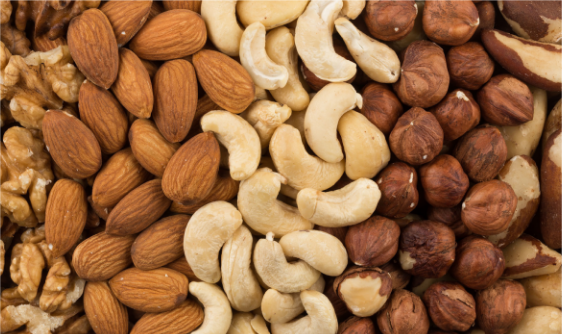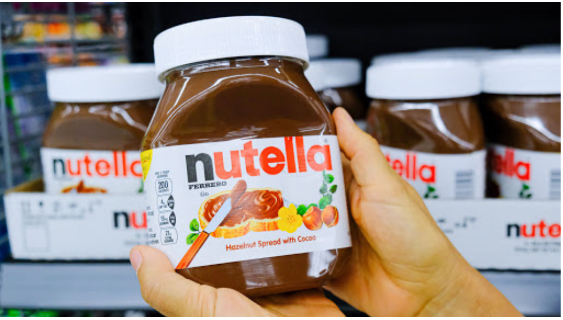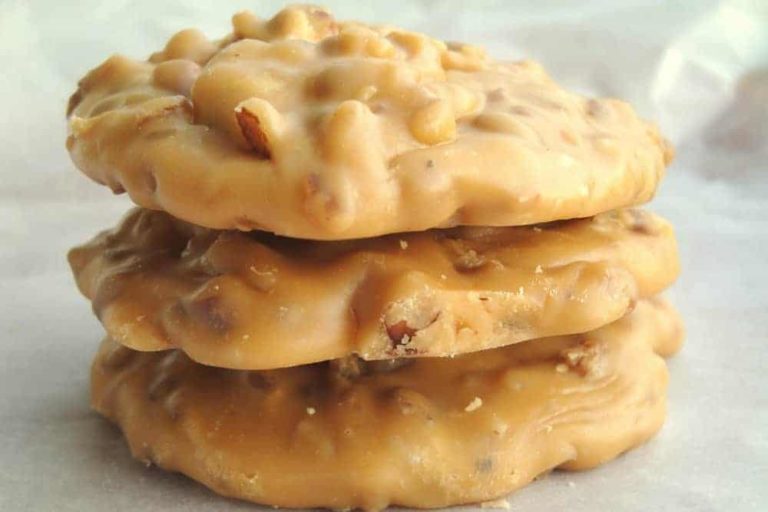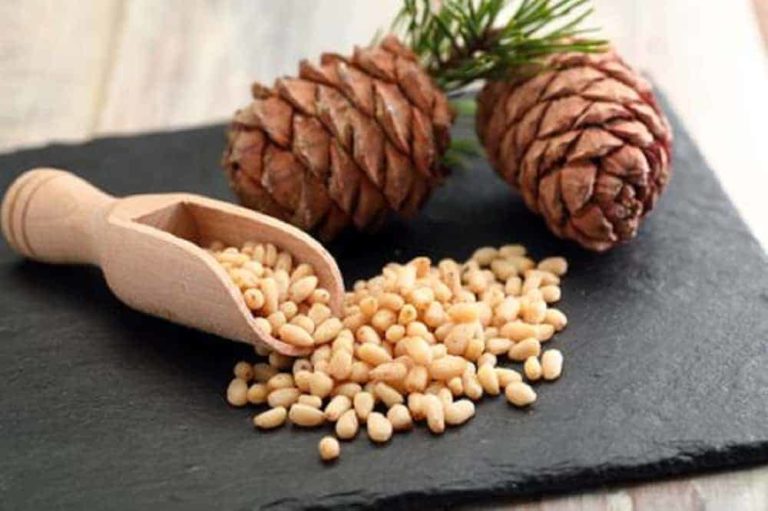Your cart is currently empty!
The Modern History Of The Pecan
Although the pecan has a long history in North America, Georgia farmers were relatively latecomers in realizing its value as a commercial crop. The first orchards were planted in the early 1800s. It was not until the late nineteenth century that the pecan industry began to take off.
Pecan trees are native to North America, and archeological evidence suggests that they were cultivated by Native Americans as early as 1000 BC. By the 1950s, however, Georgia had become the country’s leading producer of pecans. As of this writing in 2022, Georgia remained the largest pecan-producing state in the nation.
How did this come to be?
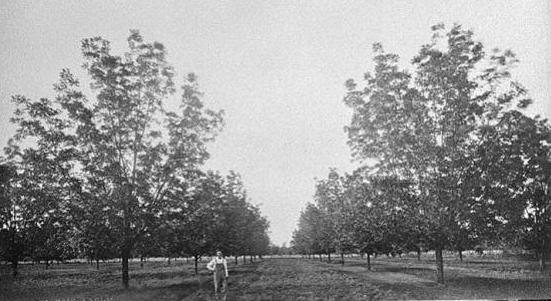
Archaeological And Historical Evidence
Pecan (Carya illinoensis) is a common name for a species of hickory in the walnut (Juglandaceae) family. According to archaeological evidence, the hickory tree is an Asian variety that arrived in North America before the first humans crossed the Bering Strait from Asia about 10,000 B.C. Scientists have dated pollen residue from the family Juglandaceae to at least 60 million years ago.
More recently, other pecan species came into existence in North America. Now there are native species tracked back to the Mississippi River valley. Pecans grow in many states in America. There are a great number of different species now that exist because the pecan has flourished in North America.
When “Pecan” Was Considered A New Word.
The first recorded use of the word “pecan” was in 1792 by French botanist André Michaux. He noted that the Algonquin Indians called the nut “pacane.” It is unclear whether this is the same word as the one used by the Choctaw, who also inhabited parts.
Georgia And Its History With The Pecan
In the late 1800s, several individual Georgia landowners near Savannah began producing and marketing pecans on a small scale (about ninety-seven total acres by 1889). These early commercial orchards were located on the Atlantic and Gulf coasts of Georgia, where the climate and soils were conducive to pecan production. The first recorded sale of Georgia-grown pecans occurred in 1846 when Governor George W. Crawford sold a bushel of nuts for $5.00 ($142 in today’s dollars.
“Pecan Boom” Of The 1910s And 1920s
The boom period for pecans was from 1910 to 1925. During this time, landowners in southwest Georgia planted thousands of acres of pecans. This time became known as the “pecan boom”. However, these orchards were not looked at as commercial agricultural ventures but as real estate enterprises. Most of the acreage planted during the boom was sold in five to ten-acre units for homes or small farms. The majority of this acreage was concentrated in Dougherty and Mitchell counties.
By the 1920s, Georgia was producing 2.5 million pounds of bulk pecans. As of 2012 Georgia, pecan orchards ranged in size from just a few trees to several thousand acres, with more than 109,000 acres bearing the tree nut. Georgia is also fortunate to have an early harvest date compared to other pecan-producing areas, which often results in good prices for Georgia growers. The state produced about 45 million pounds in 2004 (with a farm gate value of more than $121 million), and 76 million pounds in 2014. Georgia pecans sold for about $2.31 per pound in 2014, and the value of the total national crop was $517 million.
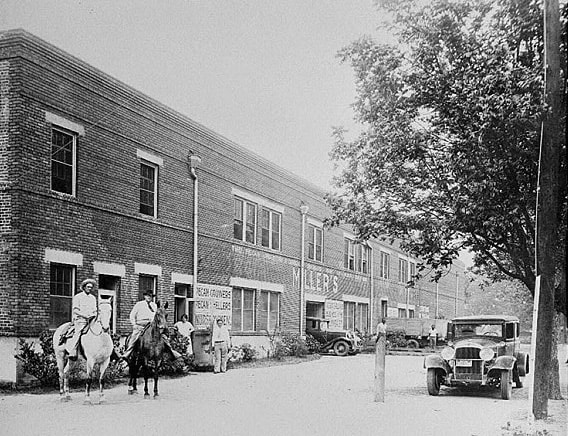
Those early-twentieth-century plantations consistently remain the center of Georgia’s pecan-producing counties today. Modern orchards with plantings of scientifically improved pecan varieties now yield what are called “Papershell” pecans, so named because the nuts are easy to crack and shell.
Industry Growth In Revenue And Acres
The Georgia pecan industry has come a long way since the 1920s. By 2012, Georgia orchards ranged in size from just a few trees to several thousand acres, with more than 109,000 acres bearing the tree nut. In 2004, Georgia produced about 45 million pounds of pecans. An increase in value of more than $121 million.
The total value of the national pecan crop in 2014 was $517 million. Today, it is more than double that. Growth like that in business is a tremendous achievement.
By that time, landowners from Iowa, Indiana, Texas, and New Mexico began to regard pecans as a staple crop. Wild native trees from all over North America were turned into commercial crops. The commercialization of pecans allowed the nut crop to expand into a number of southeastern states. As far as California.
The Pecan History In the Native American Diet
Pecans are a “new world” food. European explorers tasted the nuts and brought them back to their countries, where they quickly gained popularity. Today, pecans are enjoyed all over the world for their unique flavor and texture. The earliest print references come from the journals of these European explorers of North America.
The most important nut in North America is the pecan. Born from the hickory tree, Carya Illinoiensis. The Hickories, which are related to walnut trees, include several species of edible nuts. Its native habitat is the central southern region of the USA.
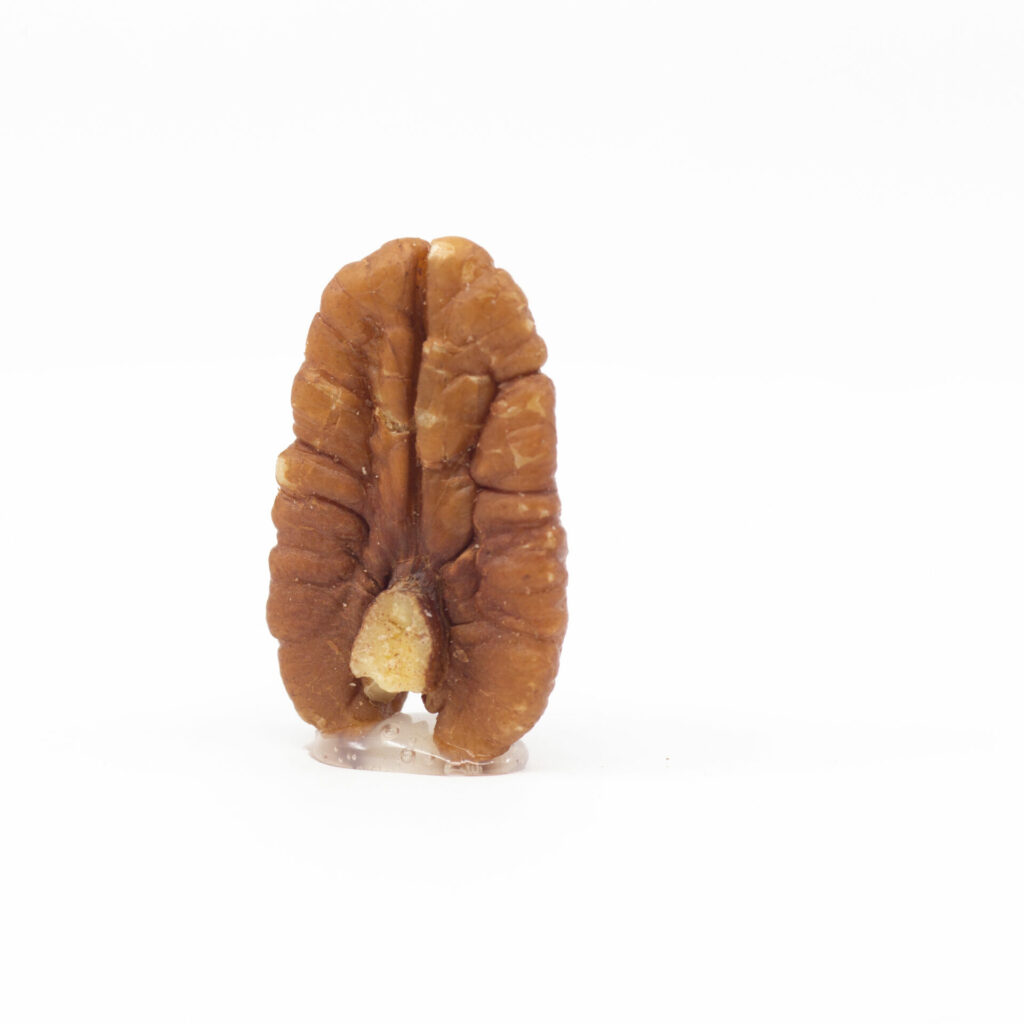
The name comes from the Algonquin Indian “Paccan”. Translates to denote a hickory variety of trees. Wild trees continue to produce nuts that are gathered and marketed. The main uses of pecans are in sweet dishes and confectionery, although they are also used in stuffing for turkey. They are suspected of also being turned into a fermented drink called “Powcohicora”.
Rich in protein, with a thin shell well worth cracking, pecans were a major food source for Native American populations. In fact, popular modern pecan cultivars include the Pawnee, Cheyenne, Mohawk, Kiowa, Choctaw, and Wichita.
Multiple Species Are Still Being Consumed Today
Today, we see many different types of pecans. Some say over 1000 different types of pecans exist, though only a handful are used for commercial purposes, and most of them are very similar to each other. The biggest differences usually come from the size and shape of the nut itself rather than taste. Though each does have its own unique flavor, the most notable differences in taste happen as a result of the bitterness of the nut, which can vary wildly.
European Colonialists Introduced To The History Of Pecan
Once colonists discovered and shared pecans, the nuts drew interest. John Bartram, a Philadelphia botanist, saw several of the nuts and traveled to Pittsburgh — then Fort Pitt — at the height of the French and Indian War to acquire pecans. At the fort, Colonel Bouquet gave him seven nuts from Illinois, which he sent to a collector in London.
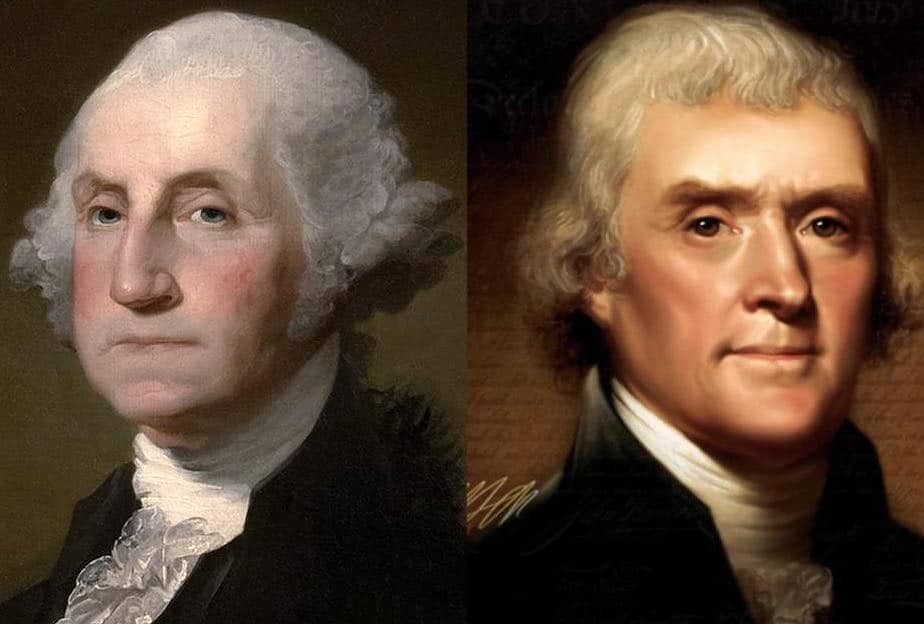
The first real introduction of pecans outside their natural range came in 1799, when New Orleans resident Daniel Clark, Jr., sent a box of pecans to then-Vice President Thomas Jefferson via Philadelphia. The first recorded instance of pecan cultivation is said to have been when Thomas Jefferson carried the trees, giving them to George Washington. Thomas Jefferson introduced the tree to the eastern shores of Virginia by giving trees to George Washington for planting at Mount Vernon. This is unlikely as the history of the pecan tree in North America reaches back for eons before the Europeans arrived. A public relations moment in history for the pecan. An essential part of the modern telling of the history of pecans.
Abner Lundrum And Antoine
Around 1822 Abner Lundrum in South Carolina discovered a way to graft wild and stock pecan trees. Though it is said this innovation was forgotten, it was fifty years later when a gardener named Antoine successfully did the same. For this, he won the Best Pecan Exhibited award at the Philadelphia Centennial Exposition in 1876. His original planting is considered the first official planting of improved pecans and grew into a 126-strong orchard. Still, in 1876, the resulting cultivar was named “Centennial” in honor of the 100th celebration of the United States. That is the most common variety that we see cultivating in the Southern United States.
In the same year, 1976, Hubert Bonzano owned Oak Alley and decided to exhibit the nuts at the Centennial Exhibition in Philadelphia as the Centennial variety. By 1882, William Nelson was selling budded and grafted trees, and in 1885, his associate, Richard Frotscher of New Orleans, officially cataloged the Centennial as part of his pecan nursery, making it the first commercially available orchard variety.
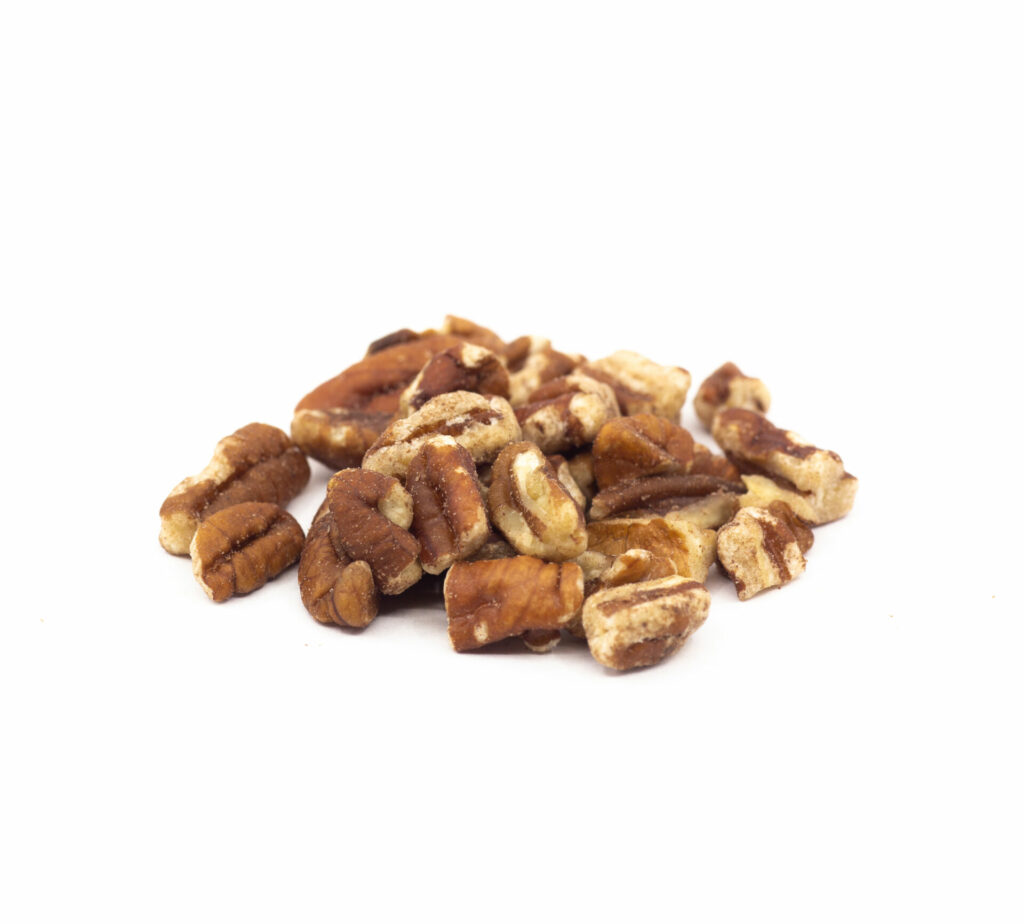
Desserts And Their Begining Use Of The Pecans
Over the course of the last three to four hundred years, pecans have become a staple across the globe. From pralines and coffee cakes to fudge and pie, these delicious nuts have a use in nearly every household. The uses for pecans, including the shell and the wood from the tree itself, have grown in unexpected ways. Another popular use for pecans is in smoking meats. Pecan wood is said to impart a fruitier flavor than other types of wood, making it a good choice for pork products. In addition, the shell of the nut can be used in various products, including soaps. The rough nature of the shell can help exfoliate the skin, making it a useful ingredient in personal care products.
A Brief History Of Pecan Pie
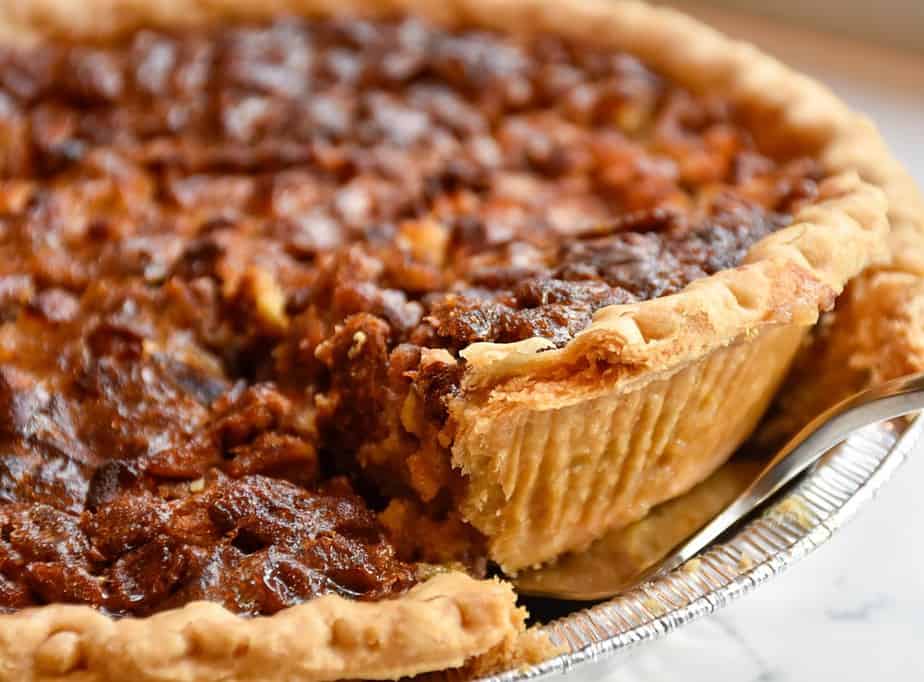
Food historians generally agree that the modern-day pecan pie is a twentieth-century invention inspired by traditional sugar pies and sweet nut confections. It is a favorite of the American south, as are pralines and other pecan-infused foods. Late 19th-century newspapers offer pecan pie recipes. A Texas connection? German settlers might have been recreating ‘Nusstorte‘ in the Lone Star state. Also known as Swiss Walnut Cake.
John Egerton writes: “We have heard the claim that Louisianans were eating pecan candies before 1800, and with sugar and syrup produced from cane at that time, it is conceivable that they were eating pecan pies, too, but there are no recipes or other bits of evidence to prove it.”…If Karo did not originate pecan pie, it certainly popularized the recipe as a rifle through twentieth-century cookbooks large and small, quickly suggests. Nearly all pecan pie recipes call for Karo corn syrup.”
Below is a timeline from the first recipe documented for Pecan Pie to the latest. These documented recipes over the past 150 years show the evolution of the pecan pie:
[1886]
“Pecan Pie.
Is not only delicious but is capable of being made a ‘real state pie,’ as an enthusiastic admirer said. The pecans must be very carefully hulled, and the meat thoroughly freed from any bark or husk. When ready, throw the nuts into boiling milk and let them boil while you are preparing a rich custard. Have your pie plates lined with a good pastry, and when the custard is ready, strain the milk from the nuts and add them to the custard. A meringue may be added if liked, but very careful baking is necessary.”
—“Pecan Pie,” Harper’s Bazaar, February 6, 1886 (p. 95)
[1898]
“Texas Pecan Pie.
One cup of sugar, one cup of sweet milk, half a cup of pecan kernels chopped fine, three eggs, and a tablespoonful of flour. When cooked, spread the well-beaten whites of two eggs on top, brown, and sprinkle a few of the chopped kernels over. These quantities will make one pie.–Ladies’ Home Journal.”
—Goshen Daily Democrat, [IN] November 26, 1898 (p. 6)
[1914]
“Texas Pecan Pie
Cook together one cup of sweet milk, one cupful of sugar, three well-beaten eggs, one tablespoonful of flour, and one-half cupful of finely chopped pecan meats. Line a pie tin with rich crust, fill with the mixture and bake until done. Whip the whites of two eggs with two tablespoonfuls of sugar until stiff, spread over the top of the pie, and brown slightly in the oven. Sprinkle a few chopped nuts over the top.”
—“Tried Recipes,” Christian Science Monitor, March 24, 1914 (p. 6)
[1931]
“Karo Pecan Pie”
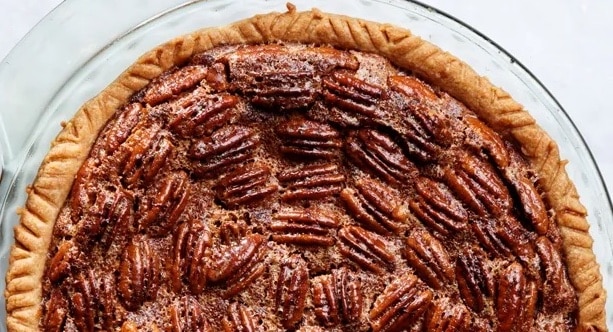
By: Mrs. Frank Herring
3 eggs, 1 cup Karo (blue label), four tablespoons corn meal, 1/2 cup sugar, 1/2 cup chopped pecans or less if desired, two tablespoons melted butter, and pastry. Method: Beat whole eggs slightly, add Karo, corn meal, sugar, and melted butter, then stir all thoroughly. Line the pie tin with flaky pastry and fill generously with a mixture. Sprinkle chopped pecans on top, and bake the pie in a moderate oven until well set when slightly shaken.”
—“Favorite Recipe,” The Democrat-American [Sallisaw OK], February 19, 1931 (p. 3)
[1938]
“White House Pecan Pie
One cup of unbroken pecan meats
One cup dark table syrup
Two tablespoons butter
One teaspoon vanilla
Two eggs
One cup sugar
Cream the butter and sugar and add the table syrup, the beaten eggs, the pecans, and vanilla. Beat together well. Put in an unbaked pie shell and bake in a slow oven (275 degrees F.) for about 30 minutes. Serve with whipped cream.”
—The Southern Cook Book of Fine Old Recipes, Lillie S. Lustig compiler [Three Mountaineers::Asheville NC] 1938 (p. 38)
[1941]
“Surprise the Folks with Karo Pecan Pie Tonight…it’s wonderful! Try this Texas favorite”
One teaspoon vanilla
Three eggs, slightly beaten
1/8 teaspoon salt
1 cup sugar
2/3 cup pecan meats, coarsely chopped
1 cup Karo (Blue Label)
Mix together all ingredients, adding nut meats last. Pour into a 9-inch pie pan lined with your favorite pie crust. Bake in a hot oven (450 degrees F.) for ten minutes, then reduce heat to moderate (350 degrees F.) and continue baking until a silver knife blade inserted in the center of the filling comes out clean.”
—display ad, Karo, Big Spring Daily Herald [TX], April 17, 1941 (p. 8)
[1942]
Pecan Pie
True Southern pecan pie is one of the richest, most deadly desserts of my knowledge. It is more overpowering than the English treacle pie. The same resemblance in texture. It is a favorite for folks with a sweet tooth.
“Utterly Deadly Southern Pecan Pie
1 1/4 cups Southern cane syrup
Four eggs
1 1/2 cups broken pecan meats
One cup sugar
Four tablespoons butter
One teaspoon vanilla
Boil sugar and syrup together for two or three minutes. Beat eggs not too stiff, pour in slowly the hot syrup, and add the butter, vanilla, and pecan meats, broken rather coarsely. Turn into a raw pie shell and bake in a moderate oven for about forty-five minutes or until set.
The Utterly Deadly Southern Pecan Pie should serve those looking for a dangerous amount of sweetness. Make a thick custard for Banana Cream Pie, using brown sugar instead of white, and add two tablespoons of butter. Chill the custard, and add one cup of coarsely broken pecan meats, and one teaspoon of vanilla. Place into a baked crisp pie crust. Top with sweetened whipped cream. This is deadly enough.”
—Cross Creek Cookery, Marjorie Kinnan Rawlings [Charles Scribner’s Sons: New York] 1942 (p. 179-181)
[1952]
“Karo Pecan Pie
Crispy nut-brown top…Carmel-y filling
1/2 recipe pastry
1 teaspoon vanilla
2 eggs, beaten
1 cup KARO Syrup, Blue Label
1/8 teaspoon salt
1 cup sugar
2 tablespoons melted butter or margarine
1 cup of pecan meats
Roll pastry 1/8 inch thick. Line a 9-inch pie pan. Mix remaining ingredients together, adding pecans last. Pour into pastry shell. Bake in a hot oven (400 degrees F.) for 15 minutes. Reduce the heat to moderate (350 degrees F.), then bake for 30 to 35 minutes longer. Bake until a silver knife inserted in the center of the filling comes out clean. If you use salted nuts, then omit the salt from the recipe.
—display ad Better Homes & Gardens, December 1952 (p. 87)
[NOTE: “Blue Label” Karo was dark-colored corn syrup.]
[1960’s]
“De Luxe Pecan Pie
(A traditional Southern favorite)
Two eggs, slightly beaten
One cup KARO Syrup, Blue label
1/8 teaspoon salt
One teaspoon vanilla
One cup sugar
Two tablespoons melted butter or margarine
One cup of whole pecans or pecan pieces
One unbaked 9-inch pastry shell
Mix eggs, KARO syrup, salt, vanilla, sugar, and butter. Stir in pecans. Pour into shell. Bake in a hot oven (400 degrees F.) for 15 minutes; reduce heat to moderate (350 degrees F.) and bake 30 to 35 minutes longer. The filling should appear slightly less set in the center.”
—Happy Holidays: recipes and ‘Goodies for Giving,’, Corn Products Refining Company [New York] undated, the probably early 1960s](p. L)
[NOTE: Karo Kookery, 1956, offers a recipe for “De Luxe Peanut Pie,” but no pecan pie. The recipes are identical except for the nutmeats.]
[1970’s]
“Pecan Pie # 1
Makes a crispy nut-brown top.
1 cup sugar
Three eggs
1 cup Karo syrup (Blue label)
A single tablespoon of vanilla
1/8 tsp. salt
Two Tbs. melted butter
One cup pecan halves
One unbaked 8-inch pie shell
Beat eggs until lemon-colored, then add sugar, Karo, vanilla, salt, and melted butter. Spread pecan halves in unbaked pie shells. Pour egg mixture over nuts. Bake in a hot oven (400 degrees F.) for 15 minutes; reduce heat to 350 degrees F. and bake for 30 or 35 minutes longer.
“Pecan Pie #2
3 eggs 1/2 cup sugar
1 cup light Karo syrup
One pinch of salt
A single tablespoon of vanilla
1 cup broken peanut meats
An 8-inch pie shell
Beat eggs slightly; add sugar and Karo and beat again. Stir in salt, vanilla, and pecan meats. Bake the pie shell for 10 minutes at 350 degrees F. Do not brown. Beat filling once again and pour into partially baked pie shell. Bake pie at 350 degrees F. for about 45 minutes. Serve hot or cold. Serves 6 to 8.”
—The Wide, Wide World of Texas Cooking, Morton Gill Clark [Funk & Wagnalls: New York] 1970 (p. 349)

